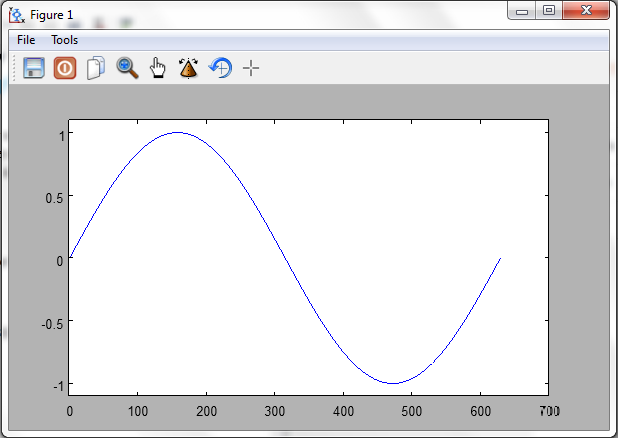Pspice is an electronic circuit analysis tool, and can be used to find Thevinin and Norton equivalent circuits.
We are going to analyze the following circuit...

A simple way to analyze this circuit is to place a DC current source between terminals A and B and sweep the current from 0 to 1 amps.
If you do this, the following graph will result:
Note that when the current is zero, the voltage is 10 V. This is equal to the Thevinin Voltage for the circuit. The slope of the graph is the Thevinin Resistance. Based on this information, the equivalent Norton and Thevinin Circuits can be constructed as a 3 amp current source in parallel with a 3.33 Ohm resistor, or a 10 volt source in series with a 3.33 Ohm resistor.
If an 8 ohm resistor is connected across terminals a and b, the following schematic results.
Important to note is the voltage across and the current through the resistor R9.
If the equivalent Thevinin and Norton Circuits are constructed, the following schematic results.
The voltage and current though each of the load resistors is equal to the results from the real schematic, providing further evidence for the theorems of Norton and Thevinin.
If we want to find the ideal resistance to connect across the load, we can use a global parameter sweep on a variable resistor to graph power as a function of load resistance.
To do so, a resistor is connected across terminals a and b, and its resistance is declared as a global parameter. Then we run a DC analysis sweeping its resistance from 1-10 in a step size of .1 ohms. If we sweep from 0, we may encounter an error, so it is advisable to start from a non-zero resistance, which you are sure is less than your ideal resistance.
A graph of the current and voltage through the load as a function of resistance takes the following form.
If the product of those two functions is also plotted, the following graph results.
From this graph, it is evident that the maximum power is approximately 7.5 Watts, and this power corresponds to a resistance of about 3.33 ohms. This resistance is identical to the Thevinin resistance, and thus lends credence to the maximum power transfer theorem.































